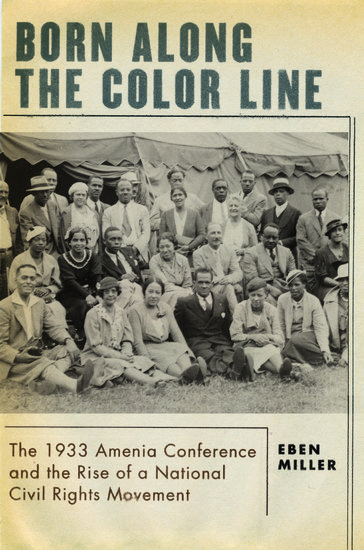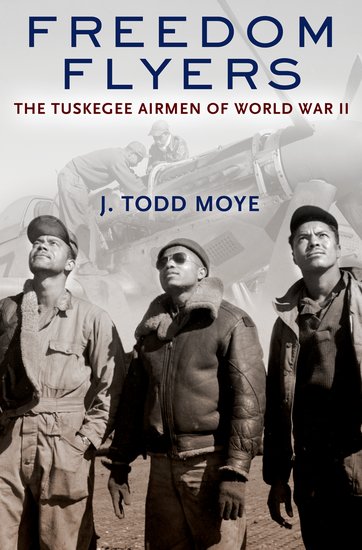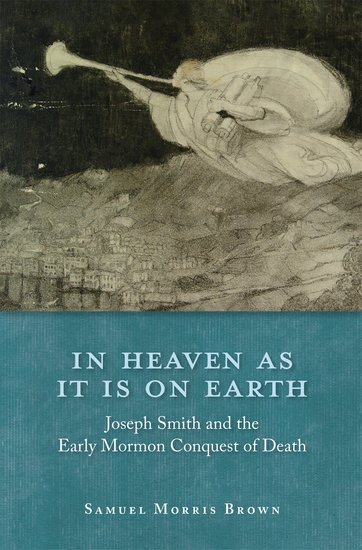J. Lynn Helms, who served as Administrator of the Federal Aviation Administration (FAA) during the first years of Ronald Reagan’s presidency, died on December 11, 2011. Helms played an instrumental role in breaking the 1981 strike by the Professional Air Traffic Controllers Organization (PATCO). A former Marine Corps fighter pilot and business executive, who had little sympathy for labor unions in general and who believed that there was no place for a union organization of air traffic controllers at the FAA, he helped persuade President Ronald Reagan and top administration officials that they could weather a controllers’ strike, even if it meant firing more than two-thirds of the workforce.















